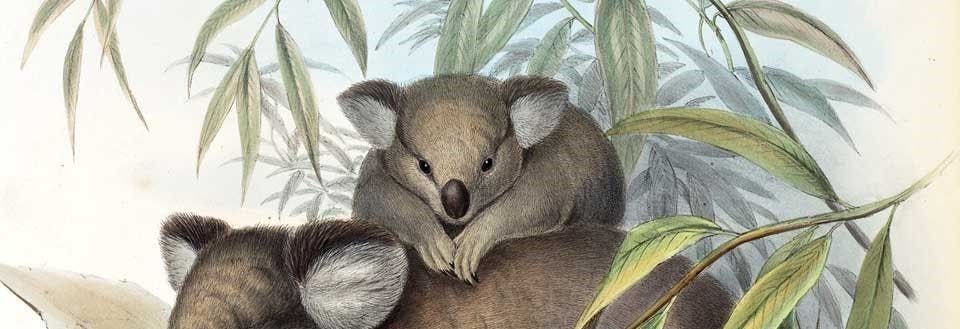Perrault, Claude (1613-1688).
Mémoires pour servir à l'histoire naturelle des animaux. Paris: De l'Imprimerie Royale, 1676.
Anatomy played only a small role in natural history before 1670. Most descriptions of animals paid little attention to their internal structure, and there were very few images in natural history encyclopedias that depicted skeletons or muscles. That changed with the establishment of the Royal Academy of Sciences at Paris in 1666. One of the original academicians, the physician Claude Perrault, organized regular sessions at which participants could dissect deceased animals from Louis XIV’s royal menagerie. Lions, bears, chameleons, porcupines—all were laid open by the academic scalpels. Perrault was wise enough to ensure that an artist recorded all they observed. In 1669, Perrault published a small volume with the results of their investigations of five animals, and in 1676, this gave rise to a large folio with plates and descriptions of more than 30 animals. Perrault called his volume, Memoirs for a Natural History, implying that the information contained therein was important not just for the anatomist, but for the naturalist. He was right; from this time forward, comparative anatomy became a vital tool for the classifying naturalist.

